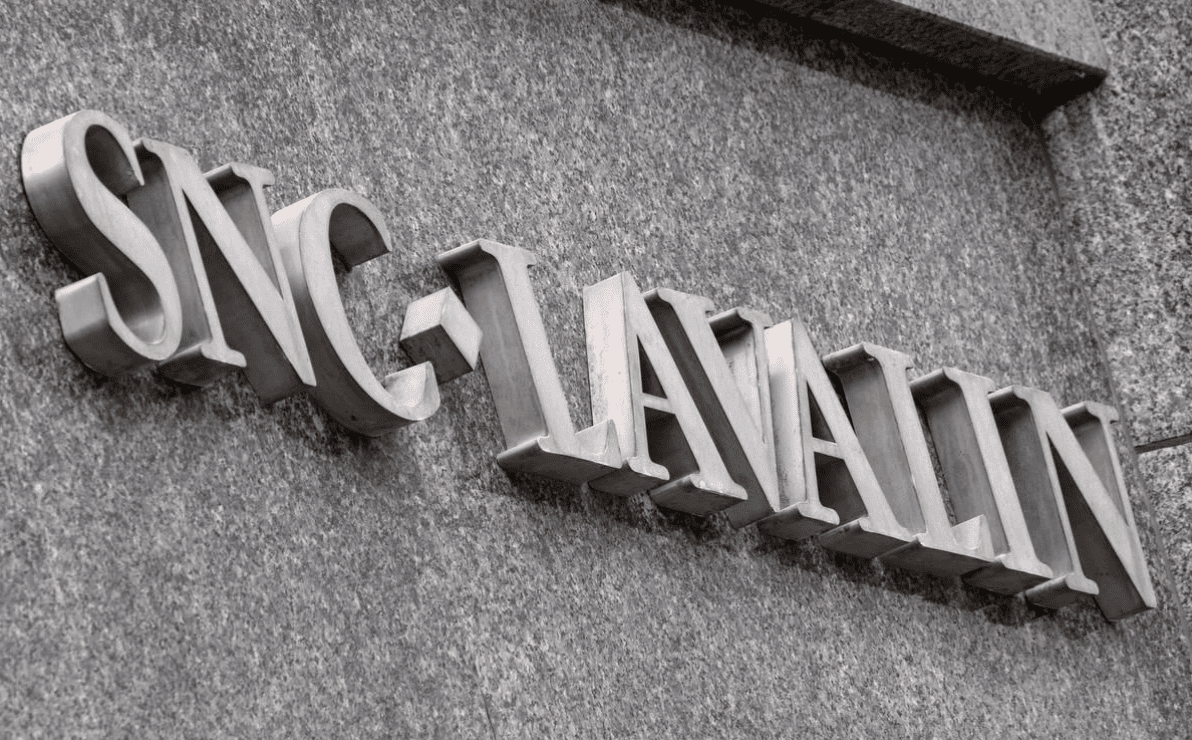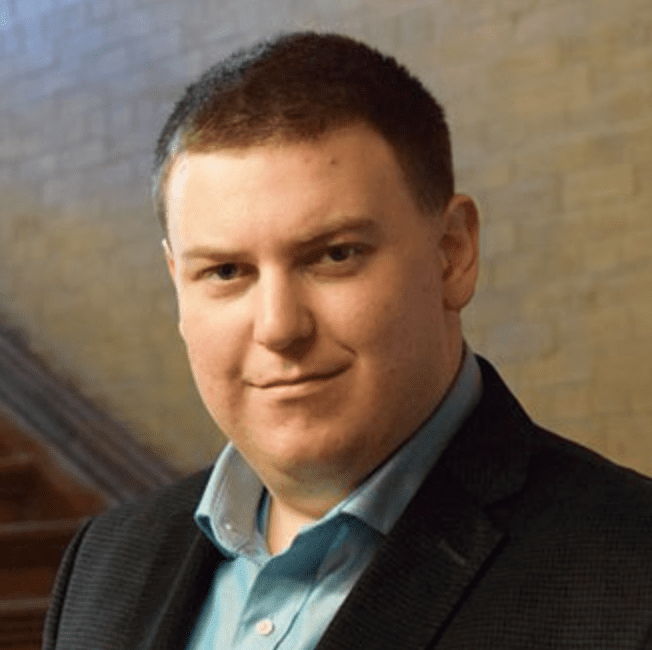This week, my husband and I officially achieved the Millennial Dream. Two months after unexpectedly finding a "basically perfect" listing on Zillow, we became the proud owners of a detached house that is affordable, sufficiently large, and in very good condition, in an attractive town with excellent amenities, within a reasonable distance of Mr. Morgan's office, and with plenty of outdoor space for our very Instagrammable dog and, God willing, any future children.
It has never been lost on us that those children will be at a major economic advantage from birth. Education was a top priority for us when selecting a community, and we hit the jackpot on Bainbridge Island, a city of 24,522 souls just a 35-minute ferry ride from Seattle. The city is an affluent one, full of tech industry commuters, artists, and retirees. Not once have they failed to vote in favour of an education levy. In terms of testing, the local public schools produce some of the top scorers in the state, with 93 percent of students graduating high school and 78 percent of those going on to four-year colleges. That high school has a sailing team.
Had we remained in the GTA, we may have had to compromise on the location, size, or condition of our home just to be able to afford one. But it is less likely that we'd have to compromise on school quality. As of now, we are beneficiaries of a funding model that has contributed much to intergenerational poverty in America one that can and should be upended by taking a cue from Ontario.
In the 2014-15 school year, public schools in America received 47 percent of their funds from state governments and 45 percent from local property taxpayers, with the remainder coming from the federal government. According to the National Center for Education Statistics, the ratio of state to local funding varies wildly: Vermont schools got 90 percent of their funds from the state that year, while Illinois schools got 59 percent of their funds from property owners. Here in Washington State, the state/local split is 61/27.
That's not such a problem on Bainbridge, where median home value is over $800K and, consequently, property tax coffers are consistently full. According to BestPlaces.net, local schools spend $12,097 per student, which is below average for the U.S., but works out to be much more lucrative due to the smaller population. By contrast, with less property tax revenue available to them, school districts in poorer areas of the U.S. often find themselves unable to pay for experienced teachers, textbooks, building repairs, enrichment programs, or student services. A 2016 National Public Radio investigation went in depth into how this funding system began and how it is serving or, in many cases, dissolving American students today.
If you're the sort of person who believes systemic racism is over, this is the best example of how wrong you are. While de jure racial segregation is now illegal, decades of explicitly racist housing covenants and lending policies have held back generations of black and Latino Americans from accruing wealth through home ownership and passing it on as inheritance. As a result, many are unable to afford to move to more prosperous communities with better-funded schools and are stuck sending their children to aging and worse-equipped schools in their own neighborhoods. A 2012 ProPublica investigation outlined how failures to enforce laws aimed at rectifying this imbalance have kept schools in a state of de facto segregation. Even Bainbridge, a Democratic Party stronghold that is painfully remorseful over its own role in WWII-era Japanese internment, is 91 percent white.
There is no single solution to the problem de facto segregation, but Ontario does offer a partial one. Provincial school boards receive almost all of their funding from the province, raising some extra money through special program fees or facility rentals. Funds are allocated using a formula that determines spending per student enrolled what is often called "money following the student." This places accountability for school quality in the hands of the boards, instead of making good education an accident of birth. It is not a completely equitable system, but it's a definite improvement.
We're not going to miss Ontario. We have no regrets about where we've chosen to live instead. But nobody should have any illusions about why they are able to make such a choice and another family is not. Ontario sets an example of the first step in expanding that choice.
Photo Credit: 680 News
Written by Jess Morgan








